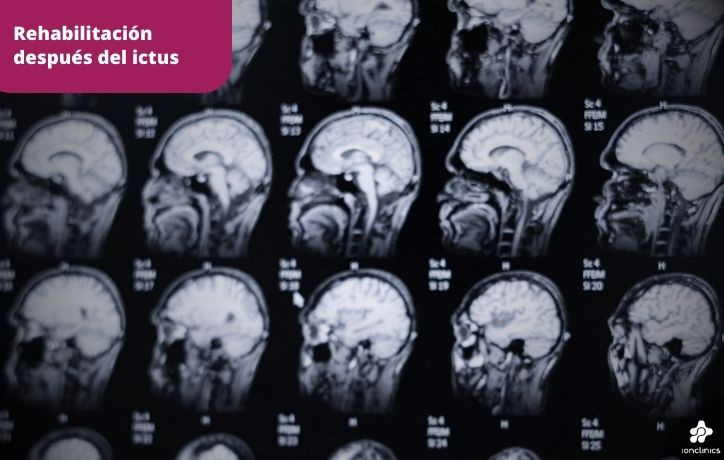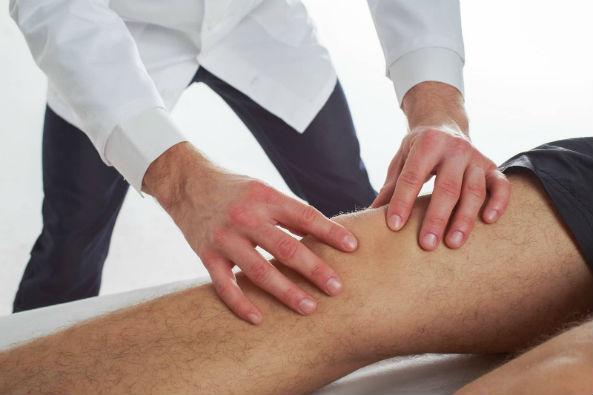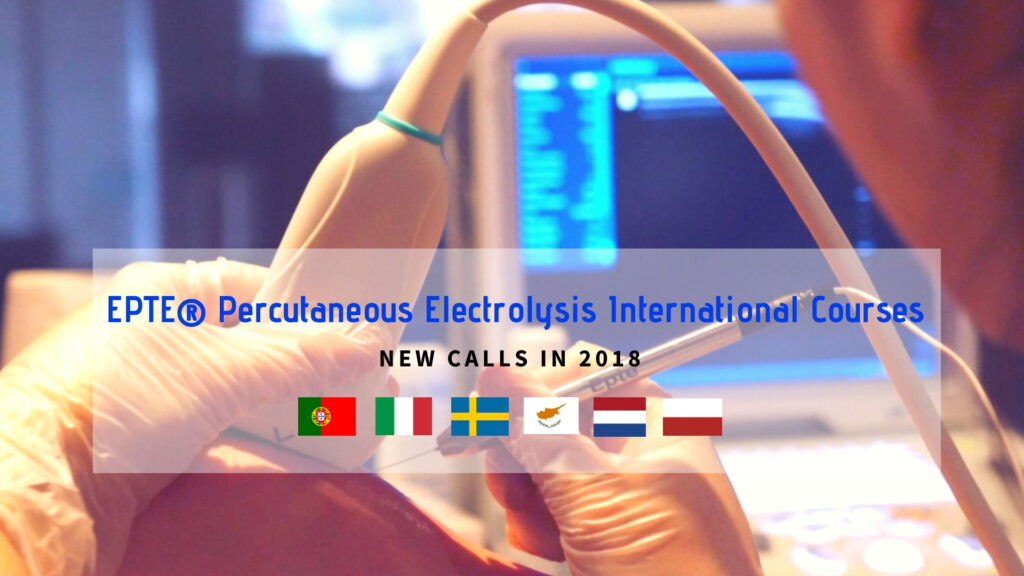This Post is based on the book “Explain pain“. Authors: David Butler y Dr Lorimer Moseley.
Pain is an unpleasant sensation nobody likes to feel. Precisely, the “fact that it is unpleasant is what makes pain so effective, so essential in life”. Pain advices about the existence of a “pain” before the person who suffers could be damaged. It has a purpose: make the patient move away and avoid the danger. The pain aim would be, for this reason “protection and recovery”. However, sometimes this protection works in an odd way.
Pain from insect bite, a bad position, a sprain… could be related to tissue changes. The mind perceives that the tissue is in danger and for this reason it will try to avoid to repeat this situation. When pain remains is because the brain comes to the conclusion that this person is in danger or, at least, threatened. Nevertheless, the pain intensity is not directly related to the level of the tissular damage. The central nervous system scans the signals in addition to the memories, the reasoning processes, the emotions and considerations, to make a decision.
There are several examples in different cases: some very painful cuts in the face and then almost painless amputation… 70% of amputed people experiments a phantom limb syndrome. They feel stinging, prickling sensation, pain… from the not longer existing part of the body. This is because the brain has an scheme of our body.
This is how the alarm and pain system works
The brain receives some signals and decode them as a potential dangerous situation. The human body has millions of sensors scattered in the entire body and this information is carried to the spinal cord. There are different kind of sensors,depending if they react to a mechanic force (M), temperature (T) or chemical presence (Q), in the inside or the outside of our body. When the sensors react to a stimulus (pinch, acid, temperature increase) these sensors open and positively charged particles enter in the cell. The sensors are proteins made inside of our neurons, under the “DNA management.”
Electrical impulses go through our body to reach the receptor neurons, the ones that will carry this message. As an example, anesthesia works annulling sensors when a mechanical stimulus occurs. For that reason the pulses do not reach the spinal cord and the pain is not felt. These sensors have a short life and are constantly being replaced by new sensors, and therefore the sensitivity of the subject is constantly changing.
Before the pain: nociception or danger catchment
The command center of this alarm system is located in the brain (protected by the skull, the hardest bone in our body). To feel a pain, it is needed a signal reception, but it is not the only requirement. More sensors must be opened and the cell must get to a critical point to the electrical current produced. When the stimulation is close to critical the point the message (and then the pain) can be triggered even with small stimuli. These messages are “translated” into chemical substances released into the synapse (space between one neuron and the other close ones), addressed to our brain.
On the opposite side, there is a neuron with chemical sensors. Its signal wends its way to the brain, and then it collects the signals in a story as rational as possible, according to the different signals. In the case of chronic pain, some of the brain regions have been “enslaved” by the experience of pain. The brain (with 100 billions neurons) evaluates and active protective systems.
The pain and stress
Stress can increase pain situation (the nervous system is sensitive to the chemical substance produced in the body by the effect of stress). At the end, this could become a vicious circle: the brain perceives that there is a constantly threatening situation, message neurons increase the sensitivity (to protect us, indeed), and what used to hurt now is even more painful. Each time, more sensors are open for more time.
Increasing sensitivity is, almost always, one of the main features of persistent pain. Pain is normal, but the underlying processes are altered. If changes in the spinal cord occur, the brain could stop to receive accurate information about what actually happens in the tissues. In the dorsal horn of the spinal there is, now, an amplifier or a distorter. The brain is informed that the tissues are in a bigger danger in tissues than they actually are. The response of the brain is now based on misinformation about the health of the tissues located at the end of the neuron. Ignition pain centers are constantly activated.
The human beings can identify a potentially dangerous situation. If the system is sensitized, when there are stimuli that are considered dangerous, although there is no connection with tissue damage, pain may appear. In the treatment of chronic pain different models exist, including the most orthodox doctors, psychologists, physiotherapists. In front os this kind of chronic pain, you can usually find ways to reduce the threat value of stimuli and associated emotions. Movement increases soft tissue health joints, circulatory system, respiratory, brain … and therefore is a useful tool. The scheduled training will try to find the line reactivation of pain, to reduce the perception of threat and to raise the tissue tolerance.






